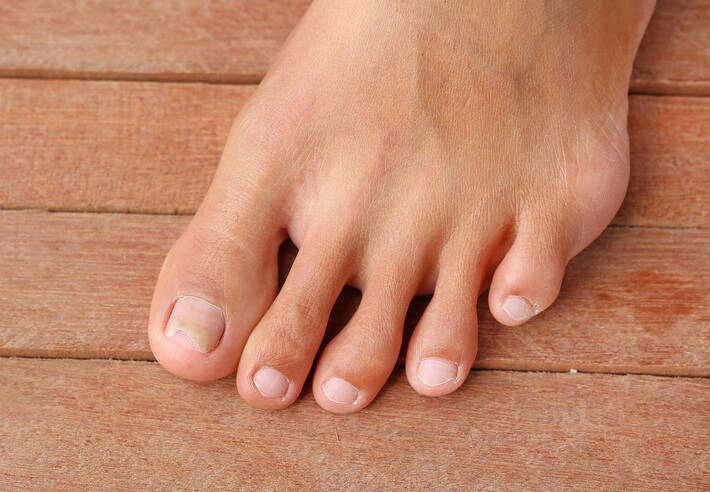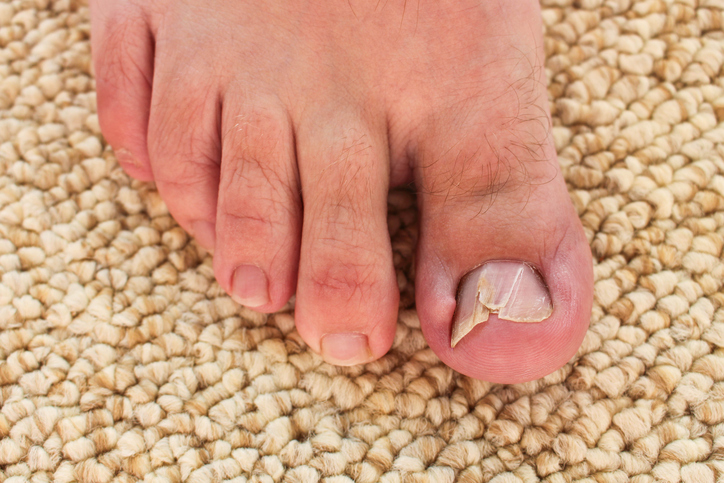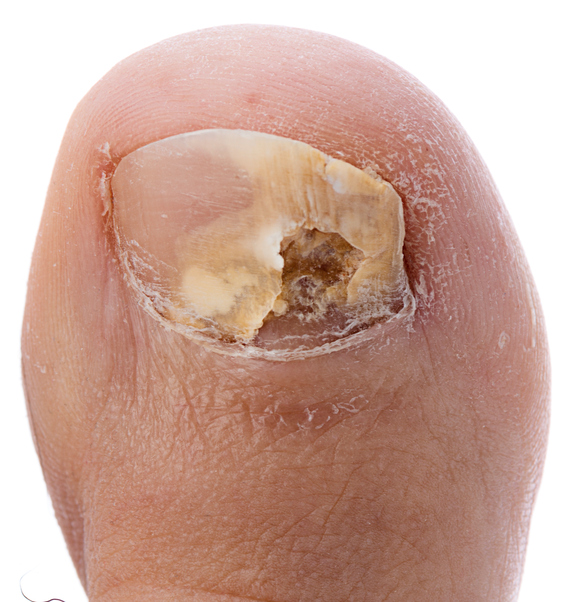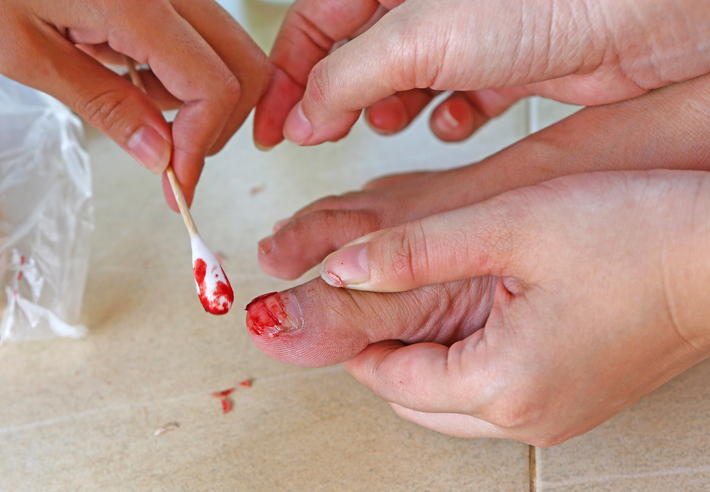- wikiskripta.eu - nail disease
Deformed nails - what are their most common causes?

Some diseases signal their presence on the skin and also on the nails. They are manifested by a change in colour, but also in the shape of the nail (deformation). In addition to diseases of other organs, the nail itself and its bed may be affected. Alternatively, there may be external damage.
At the same time, there are also several diseases that manifest themselves in their symptoms by various deformations of the nails, through surface changes, colour changes or other means. Sometimes these are just cosmetic complications and problems. They can also be more serious diseases, for example, of the skin or the nails themselves.
What to watch for:
- the colour of the nail
- shape
- thickness
- the quality of the nail plate
Main causes of nail deformation

Nails are often an indicator of the state of the body and its metabolism. They may very well indicate a deficiency of a substance in the body. For example, in iron deficiency, the nails may be spoon-shaped. They are dented in the middle but have raised edges.
In addition, spoon-shaped nails can also be a sign of thyrotoxicosis. This means that they appear when the thyroid gland is overactive. It is a condition where the thyroid gland produces more hormones than it needs.
Psoriasis is the most common skin disease. It is manifested by red and painful skin, or itching and especially scaling. Among its symptoms is also just a deformation of the nails.
In particular, this disease affects the nail beds. A yellow spot may appear around the nail, and just below the nail bed. The nail may be deformed, dull, sometimes even brown. Small pits may appear on the nail. In this case, medical attention should definitely be sought.
Rusted nails instead of the usual smooth ones are a sign of malfunctioning of some important functions of the digestive tract. Alternatively, they occur if there is a higher volume of toxic substances in the body. This applies, for example, to heavy smokers.
Other causes of nail difficulties include:
- diseases of the liver and digestive system, pits and grooves on the nails may be present
- diseases of the lungs and heart, bulging nails are present
- deficiency of nutrients, vitamins A, B, zinc and iron - white spots on nails
Diseases of the nails
The nails are often affected by various fungal diseases. Most often it is the toenails. But they do not avoid the nails of the hands.

Nail growth disorders are also frequent problems. In this case, for example, onycholysis is a frequent disease. This is the detachment of the nail from the nail bed, which can be partial or complete.
Splitting or bending of the nail are characteristic of nail dystrophies. So are diseases of the blood vessels and nerves that are around the nail and have impaired their primary functions.
There are also congenital disorders of the nails. These include the absence of a nail, on one or more fingers. It can occur during life, as an acquired form after injuries.
We list some of the nail diseases:
- Onychomycosis is a fungal disease that affects the skin, hair and nails.
- pachyonychia congenita manifests on the nails as thickening, excess keratin in the nail beds
- hippocratic fingers or even mallet fingers, nails are bulging, thickened
- leukonychia can also be an acquired form, discoloration of the nail bed
- onycholysis is the separation of the nail from the nail bed
- koilonychia is a spoon-shaped bend in the middle of the nail, with the formation of bumps in different places of the nail, they are brittle and fragile
- onychogryphosis is a pronounced deformity of the nails, they have different shapes, curves
- dystrophy of the nail (dystrophy mediana canaliformis)
- Beau's lines are also caused by infection or injury, they are transverse grooves across the entire width of the nail
- onychauxis is a thickening of the nail
- platonychia is an acquired but also congenital disease, it is a complete flatness of the nail, it can also occur in thyroid diseases
- hapalonychia is a partial softening, bending or breaking of the nail
- psoriatic nails, the formation of oil stains on the nail bed
- nail tumours (glomus tumour, onychomatricoma, subungual verruca, subungual melanoma)
Nail deformities due to external causes

The nail can also be deformed by other external causes. Different grooves or cracks can also be formed when the nail is injured or hit by another object. Or if the nail has been exposed to a chemical substance that has disturbed its structure.
It is also common for the nail to become thickened, cornified or curved. With deformed toenails, the type of footwear worn should be taken into account. It is necessary to consider whether leaky and tight footwear may be one of the causes of mechanical and conditional deformation of the nail.
Video about nail problems
Diseases with symptom "Deformed nails"
- Anemia - anemia
- Arthrosis
- Avitaminosis
- Axial spondyloarthritis
- Bechterev disease
- Hyperparathyroidism and hypoparathyroidism
- Juvenile idiopathic arthritis
- Fungal Infection of Nails and Toenails
- Overlap syndrome and mixed connective tissue disease
- Psoriasis
- Psoriatic arthritis
- Spondylarthritis
- Undifferentiated spondyloarthritis
Interesting resources
Related










